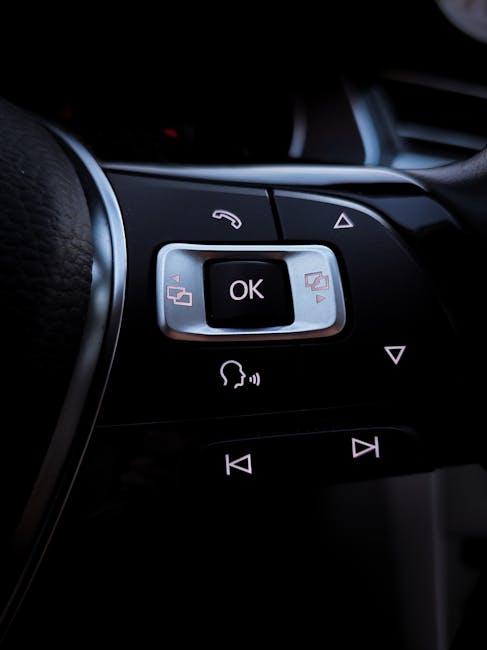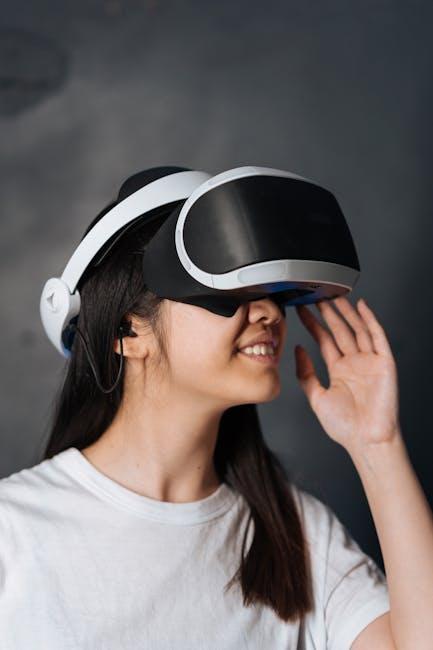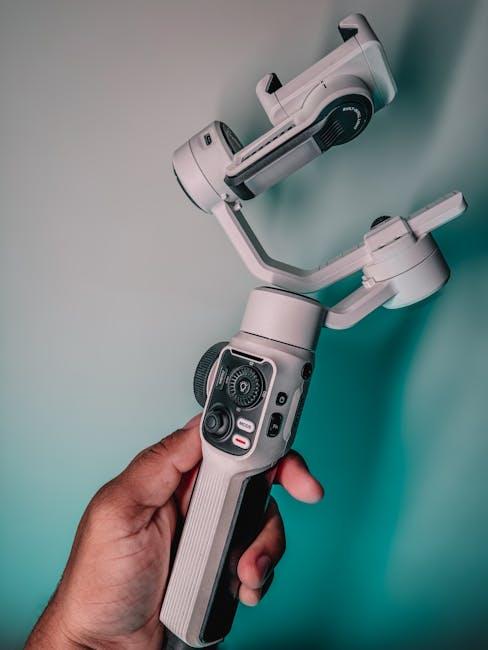In the ever-shifting landscape of human-computer interaction, the way we communicate with our devices has undergone a remarkable transformation. From the rhythmic tap of fingers on a keyboard to the fluid articulation of voice commands, the evolution of input methods unveils not just technological progress but also changing user preferences and capabilities. This article embarks on a journey through time, exploring the rise of typed input and the ascendancy of voice commands, tracing how each has carved its place in our digital dialogue. As we navigate this comparison, we uncover the nuances, advantages, and challenges that define the ongoing dance between spoken words and typed text in shaping the future of communication.
The Rise of Voice Commands in Everyday Technology

Voice commands have dramatically transformed how we interact with technology, offering a hands-free, intuitive alternative to traditional typing. The rise of smart assistants like Alexa, Siri, and Google Assistant exemplifies this shift, enabling users to perform tasks ranging from setting reminders to controlling smart home devices simply by speaking. This transition is not just about convenience; it reflects an evolution toward more natural, efficient communication methods that cater to multitasking lifestyles and accessibility needs alike.
Key advantages of voice commands include:
- Speed and ease of use, eliminating the need for manual input
- Increased accessibility for individuals with disabilities or limited mobility
- Enhanced multitasking capabilities, allowing users to give commands while engaged in other activities
- Contextual understanding that enables more personalized interactions
| Feature | Voice Command | Typed Input |
|---|---|---|
| Speed | Fast for simple commands | Variable; slower for long texts |
| Accuracy | Improving but can misinterpret | Highly accurate |
| User Context | Context-aware responses | Static input logic |
Comparing Efficiency and Accuracy Between Voice and Typed Input

When evaluating how voice commands stack up against typed input, two key factors come into focus: speed and accuracy. Voice interfaces often excel in speed, enabling users to dictate messages or commands in a fraction of the time it takes to type. However, their accuracy can fluctuate based on accent, background noise, and the quality of speech recognition software. Typed input, while generally slower, offers a reliable consistency in accuracy, giving users precise control over their text. The choice between the two ultimately hinges on context-quick, on-the-go commands favor voice, while detailed tasks often demand the precision of typing.
Examining this balance further reveals an interesting spectrum of efficiency depending on task complexity:
- Simple commands: Voice input can reduce effort and drastically cut time.
- Complex or technical input: Typing reigns supreme with fewer errors.
- Environment sensitivity: Typing thrives in noisy places, voice does better in hands-free scenarios.
| Input Type | Average Speed | Accuracy Rate | Best Use Case |
|---|---|---|---|
| Voice | 150 words/min | 85% | Quick commands, hands-free |
| Typed | 40 words/min | 98% | Detailed text, low noise |
User Experience Challenges in Voice Recognition Systems

Despite the rapid advancements in voice recognition technology, several key obstacles continue to impact user satisfaction and adoption rates. Ambient noise interference remains a major hurdle, often causing misunderstandings in crowded or noisy environments. Additionally, users frequently encounter challenges with accent and dialect recognition, where many systems struggle to accurately interpret diverse speech patterns. These issues can result in frustrating experiences where voice commands either go unrecognized or trigger unintended actions. Moreover, privacy concerns emerge as users question the security of their spoken data, adding another layer of complexity to system acceptance.
From a design standpoint, crafting intuitive voice interaction flows is no simple feat. Developers must balance simplicity with the need for robust command flexibility, often leading to inconsistent user experiences. Here’s a quick look at some prevailing user experience challenges:
- Ambiguity in user intent – Voice commands can be vague, requiring systems to infer context with limited input.
- Feedback limitations – Unlike visual interfaces, voice systems struggle to provide clear status or error messages.
- Learning curve – Users need time to become comfortable with voice command syntax and system quirks.
| Challenge | Impact | Common Scenario |
|---|---|---|
| Ambient Noise | Recognition Errors | Busy cafe, traffic sounds |
| Accent Variation | Misinterpretation | Non-native speakers |
| Privacy Concerns | User Hesitation | Smart home devices |
Optimizing Interaction Methods for Future Digital Interfaces

The evolution of human-computer interaction has been markedly influenced by the dynamic interplay between voice commands and typed input. While typed input has long served as the cornerstone of digital communication, enabling precise control and detailed querying, voice commands are rapidly gaining traction due to their natural, hands-free appeal. Thanks to advances in natural language processing and AI, voice interfaces now offer a seamless, conversational user experience that can enhance accessibility and efficiency. This shift compels designers and developers to rethink optimization strategies, aiming to balance the strengths of both methods to fit diverse user contexts and preferences.
As we explore optimal interaction methods, several key factors surface:
- Context Sensitivity: Voice commands excel in scenarios requiring speed and multitasking, whereas typed input is preferred for accuracy and privacy.
- Device Compatibility: Wearables and smart speakers favor voice, while traditional desktops and laptops still naturally align with typed input.
- User Demographics: Age, tech comfort, and accessibility needs heavily influence the choice between voice and typing.
| Aspect | Voice Commands | Typed Input |
|---|---|---|
| Speed | High for simple tasks | High for detailed tasks |
| Accuracy | Improving but variable | Consistently high |
| Privacy | Lower due to audible input | Higher, discreet input |
| Accessibility | Excellent for hands-free use | Good for precise control |
Wrapping Up
As we navigate the crossroads of communication technology, the evolution from typed input to voice commands tells a story of human adaptability and innovation. Each method carries its own legacy and promise-typed input offering precision and control, voice commands providing immediacy and accessibility. Whether tapping keys or uttering words, our interactions with machines continue to shape how we express, explore, and connect. In this ever-evolving dialogue between human and technology, the future remains an open conversation-inviting us all to speak, type, and redefine the very nature of interaction.











